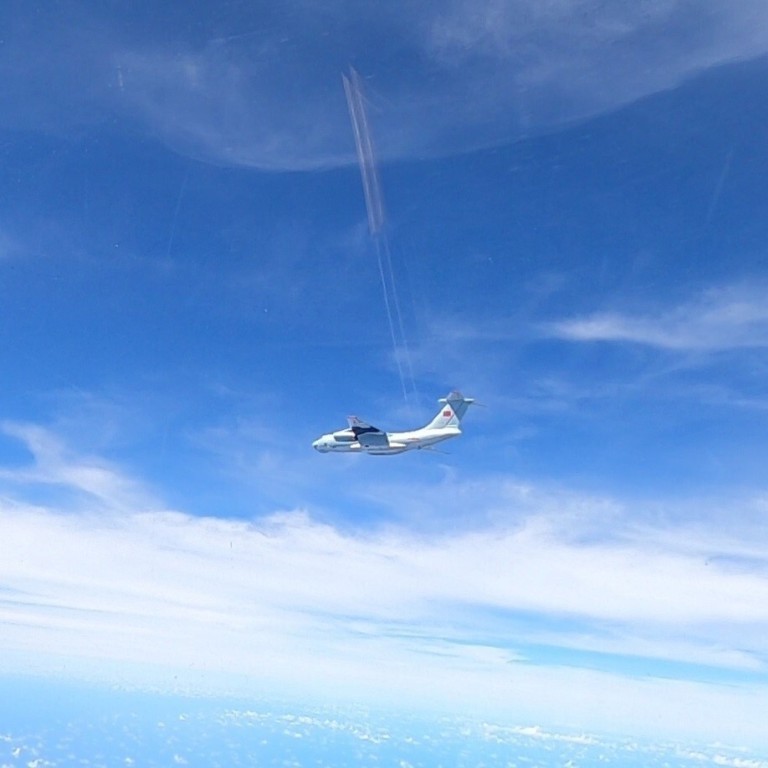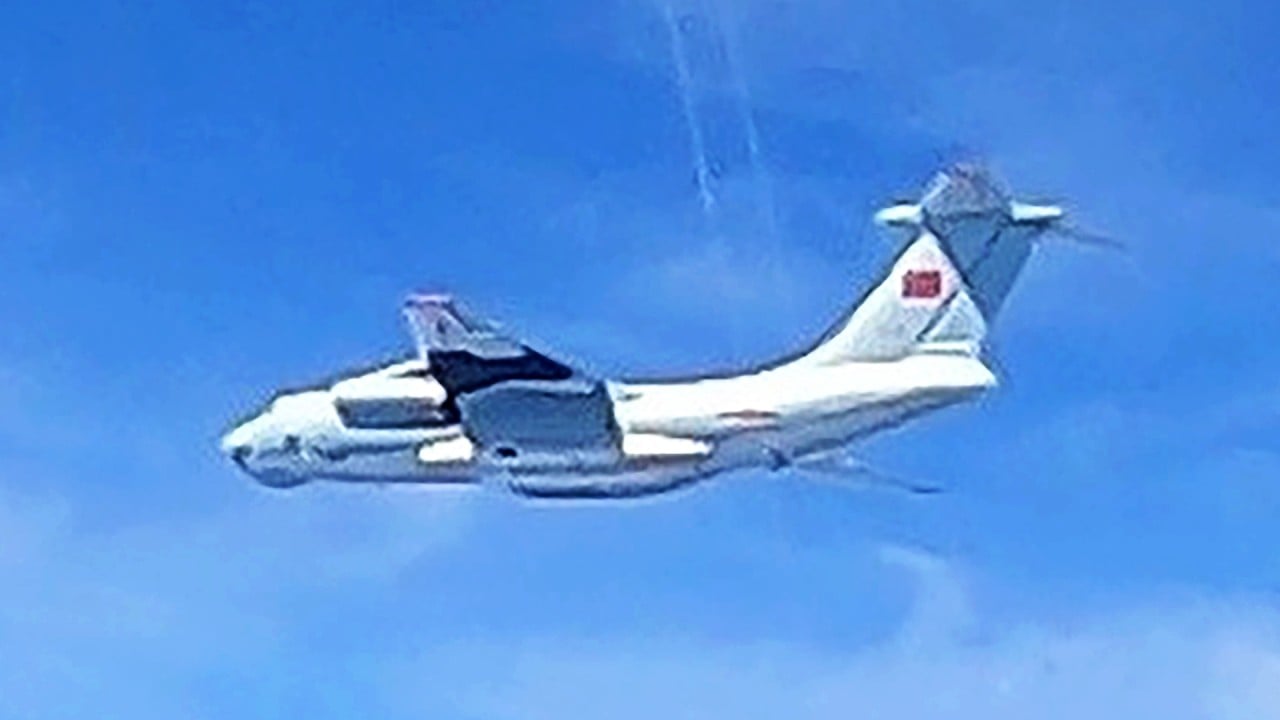
China insists it did nothing wrong after Malaysia complains about air force ‘intrusion’
- The foreign ministry in Beijing says Monday’s flight was a routine activity that was in accordance with international law
- Malaysia says 16 transport planes carried out ‘suspicious’ activities in the South China Sea, but one military source says only two aircraft were involved
China has rejected Malaysia’s complaints about its air force’s activities, saying on Wednesday that its warplanes had been conducting routine training in accordance with international law.
“This is a routine training activity carried out by the Chinese air force in waters south of the Nansha Islands [China’s name for the disputed Spratly Islands] and is not targeted at any country,” foreign ministry spokesman Wang Wenbin said.
“During the training period, the Chinese air force strictly abided by international law and did not enter the airspace of other countries,” said Wang, adding that China had already communicated with Malaysia on the matter.

01:58
Malaysia to summon Chinese envoy after airspace ‘intrusion’
The Chinese embassy in Kuala Lumpur issued a similar denial, with a spokesman saying “Chinese military aircraft enjoy the freedom of overflight in the relevant airspace”.
On Tuesday Malaysia’s foreign ministry said it would summon China’s ambassador to explain the “intrusion” by Chinese military planes into its exclusive economic zone.
Malaysia scrambles jets to intercept ‘incursion’ by 16 Chinese military planes
The Chinese planes then moved to around 60 nautical miles (110 miles) off the coast of Sarawak and failed to follow an order to contact air traffic controllers overseeing the Kota Kinabalu flight information region (FIR).
Interceptors launched from Labuan Air Base identified 16 aircraft in the formation – consisting of Ilyushin IL-76 and Xian Y-20 transport planes – according to a statement by the Royal Malaysian Air Force.
However, a source inside the Chinese military with direct knowledge of information, said China had only dispatched two transport aircraft to the South China Sea and their mission was to deliver essential supplies to soldiers stationed in Chinese-held territory.

06:24
Explained: the history of China’s territorial disputes
“China stationed soldiers in several islands in the South China Sea, and they need supplies from time to time,” said the source, adding Chinese transport aircraft made deliveries every one or two weeks.
“After the supply delivery mission ended, the two aircraft conducted ‘adaptive flight training and exercises’ to familiarise them with the weather and situations in the South China Sea.”
China claims more than 80 per cent of the South China Sea via its “nine-dash line”, which stretches as far as 2,000km from the mainland, including waters close to Indonesia and Malaysia.
China and Vietnam to set up naval hotline ‘to cope with emergencies’
A number of countries in the region have overlapping claims and last year Malaysia and other Southeast Asian nations rattled Beijing by sending diplomatic notes to the United Nations opposing the nine-dash line.
Malaysian Foreign Minister Hishammuddin Hussein said the country would ask China’s ambassador to Malaysia to explain the “breach of the Malaysian airspace and sovereignty”.
But Olli Suorsa, a research fellow in the maritime security programme of the Institute of Defence and Strategic Studies at the S Rajaratnam School of International Studies in Malaysia, wrote on Twitter that the “Chinese did NOT enter … Malaysia’s airspace (not even close) and Malaysia cannot claim a regional FIR as a sovereign airspace. Period.”

